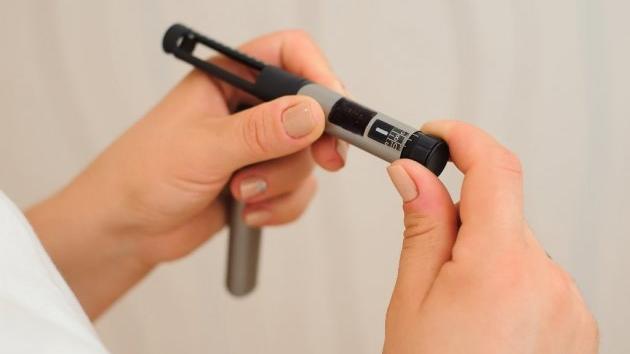Innovative Product “Moveo” for Early Detection of Diabetic Neuropathy Promoted – Distribution to First Users in December
Source: eKapija
 Wednesday, 30.11.2022.
Wednesday, 30.11.2022.
 15:07
15:07
 Wednesday, 30.11.2022.
Wednesday, 30.11.2022.
 15:07
15:07
Vladimir Jeftovic presenting “Moveo” device (Photo: Momčilo Mićić)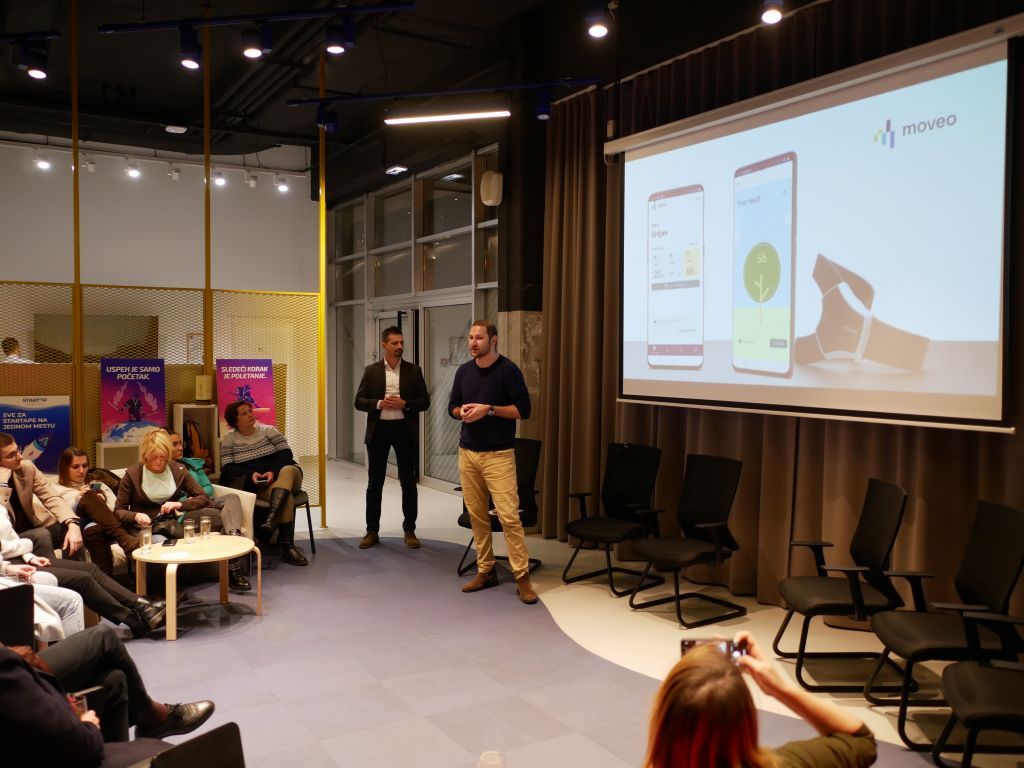

At Divs Technology, they point out that the aim of the promotion, in addition to promoting the “Moveo” device, was for the participants to learn more about diabetic neuropathy, its proper monitoring and the prevention of complications related to diabetes.
– The presentation of “Moveo” also aimed to increase the awareness of the preservation of the health of the peripheral nervous system and show how “Moveo” can help with it. The promotion plan included introducing the first test-users of “Moveo” to the technology, the hardware and the platform, and the response was great – said Vladimir Jeftovic, the director of Divs Technology.
He added that the plan was for the “Moveo” device to be ready for distribution to the first users for free in the first half of December 2022.
(Photo: Momčilo Mićić)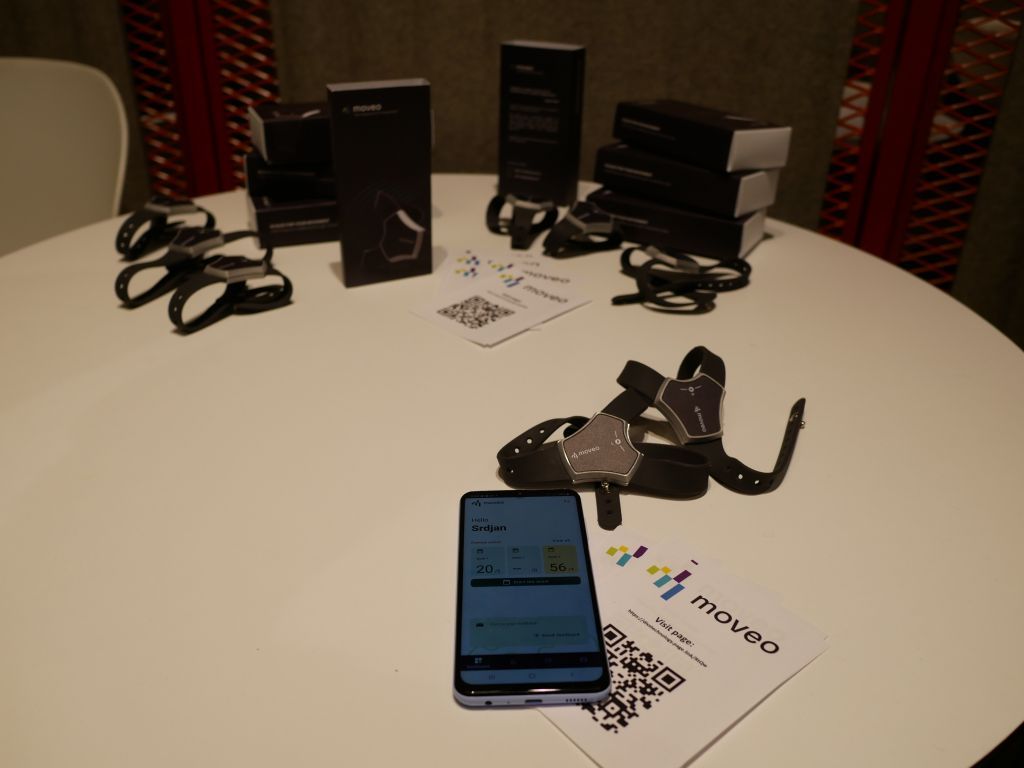

After the introductory presentation of the “Moveo” device, done by Vladimir Jeftovic, the attendees had the opportunity to take part in the panel discussion where the topics of diabetes, the complications and prevention of diabetic neuropathy and the importance of adequate monitoring from the aspect of chronic diseases were discussed by professor Dr Vesna Dimitrijevic Sreckovic, endocrinologist (University Clinical Center of Serbia), assistant professor Dr Stojan Peric, neurologist (University Clinical Center of Serbia), associate professor Dr Ivan Soldatovic (Faculty of Medicine at the University of Belgrade and co-founder of Divs Technology), Dr Irena Jeftovic Velkova, neurologist (co-founder of Divs Technology, General Hospital Loznica), as well as Bojana Markovic, a representative and co-founder of the “Plavi Krug” Association.
The presentation was attended by members of “Plavi Krug”, entrepreneurs, IT experts and others.
250,000 potential users
In Serbia, there are around 500,000 people suffering from diabetes. Around a half have diabetic polyneuropathy, which means that 250,000 people have diabetic polyneuropathy, and there are 400 neurologists in Serbia. And everybody who has diabetes mellitus type 2 should visit a neurologist at least once a year in order to check the state of the polyneuropathy, which is practically impossible. The neurologist should, in that case, only examine patients with diabetic polyneuropathy, Dr Stojan Peric, a neurologist and an assistant professor at the Clinical Center of Serbia, pointed out at the panel discussion.
Among other things, he said that the frequency of diabetic neuropathy in the phase when the disease (diabetes mellitus, author’s comment) is diagnosed is 10%.
Panel discussion (Photo: Momčilo Mićić)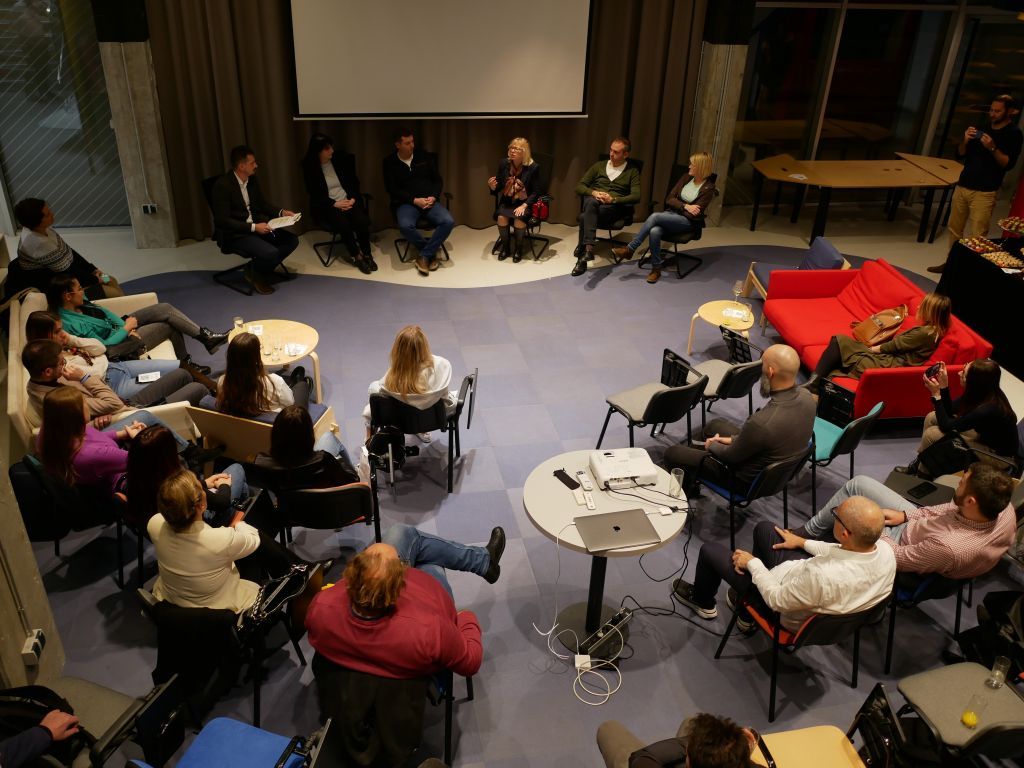

Professor Dr Vesna Dimitrijevic Sreckovic, an endocrinologist at the Clinical Center of Serbia, explained that the symptoms of diabetic polyneuropathy usually include sensations such as tingling, burning, or leg pain.
– There are also night cramps, as well as a feeling like walking on pins or like having cushions on your feet, like having small boots or socks which constrict you. They most frequently affect the lower extremities, though it’s not rare for sensations to occur in the upper extremities either – said professor Dr Dimitrijevic Sreckovic and added that diabetic polyneuropathy was a complication that mustn’t be neglected and that it was very important to discover on time why it accompanied the diabetic foot.
– Upon the completion of my specialization, after working at the outpatient clinic for several days, I realized that people with diabetes mellitus come to get checked by the neurologist too late. That’s where the idea was born, considering how many people there are who have diabetes and how difficult it is to schedule an appointment with the neurologist. It is practically impossible for all people with diabetes mellitus to be examined on time, at least once a year, so we got the idea that we might analyze the movements of people who have diabetes mellitus and, by monitoring the movements and the irregularities in the movements, conclude what state the peripheral nervous system is in. To indirectly conclude whether there are signs of diabetic polyneuropathy – clarified Dr Irena Jeftovic Velkova, a co-founder of Divs Technology and a neurologist at the General Hospital in Loznica.
Associate professor Dr Ivan Soldatovic from the Faculty of Medicine at the University of Belgrade and a co-founder of Divs Technology explained that they had carried out the first pilot phase on 27 patients.
(Photo: Momčilo Mićić)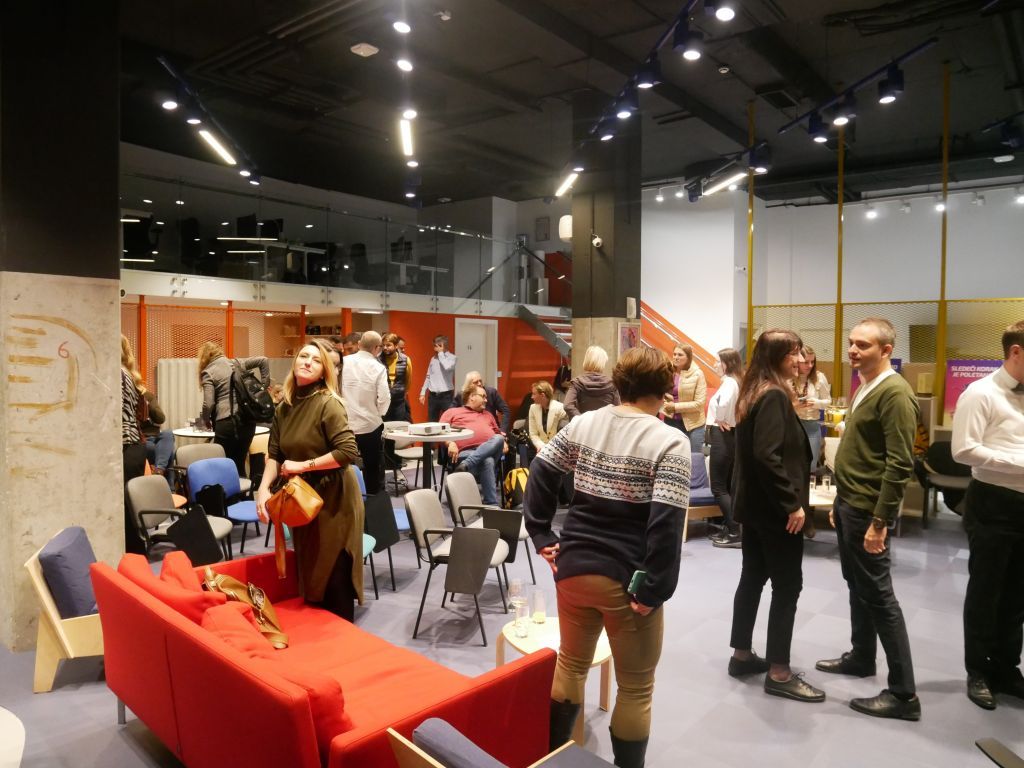

At the “Plavi Krug” Association, they are eagerly awaiting the first “Moveo” devices, which will be provided to users for personal use soon. Bojana Markovic, the association’s founder, points out that the principles by which “Moveo” functions is a great step forward in the prevention of neurological problems in people with diabetes, as well as in those who already have a developed complication, in which case they can monitor the state of it, whether it is getting better or worse.
(Photo: Momčilo Mićić)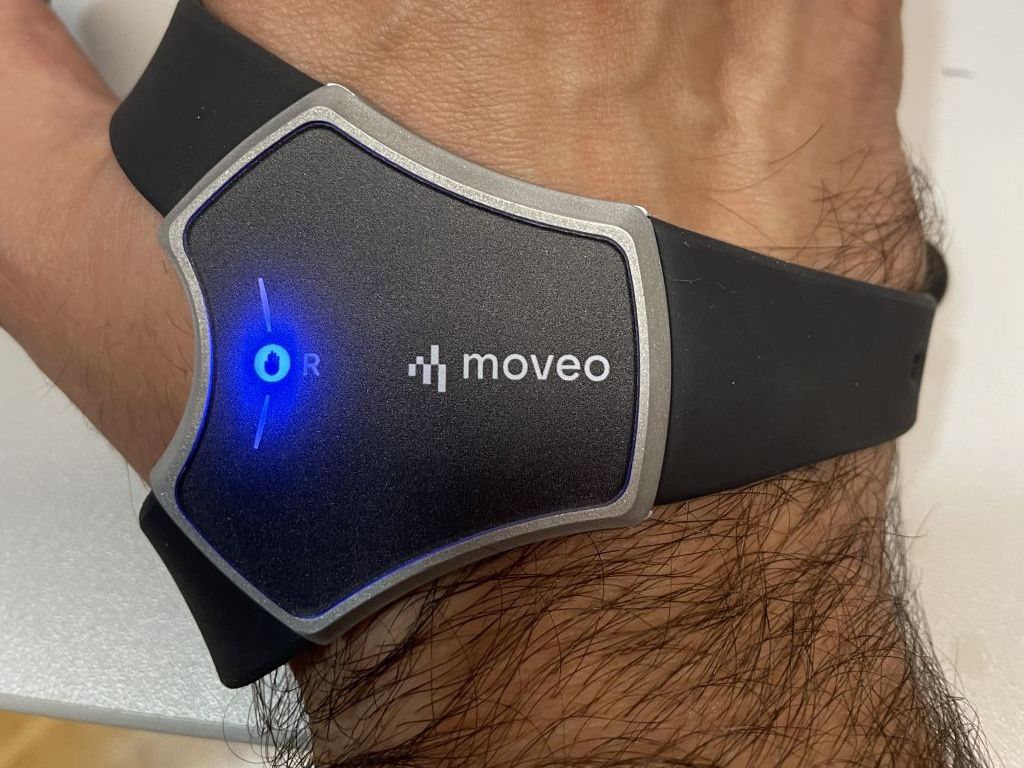

During the panel discussion, she pointed out that, in her case, diabetic neuropathy had been detected very late.
– It was only after 17 years of having diabetes that I was sent to a neurologist, so I’m certainly glad that something has been developed that can help people who already have a developed polyneuropathy to be able to see and monitor the state of their polyneuropathy, whether the therapy is suitable or whether they are physically active and how much of an impact that has – Markovic said.
Senka Trivic
Companies:
 Divs neuroinformatics doo Beograd
Divs neuroinformatics doo Beograd
 Klinički centar Srbije Beograd
Klinički centar Srbije Beograd
 Medicinski fakultet Beograd
Medicinski fakultet Beograd
 Opšta bolnica Loznica
Opšta bolnica Loznica
Tags:
Divs Technology
Association Plavi krug
Clinical Center of Serbia Faculty of Medicine at the University of Belgrade
General Hospital Loznica
Vladimir Jeftović
Bojana Marković
Vesna Dimitrijević Srećković
Stojan Perić
Ivan Soldatović
Irena Jeftović Velkova
Moveo
Moveo device
diabetes
polyneuropathy
diabetes mellitus
damage to the peripheral nervous system
diabetic neuropathy
diabetic foot
Comments
Your comment
Naš izbor
Most Important News
Full information is available only to commercial users-subscribers and it is necessary to log in.
Follow the news, tenders, grants, legal regulations and reports on our portal.
Registracija na eKapiji vam omogućava pristup potpunim informacijama i dnevnom biltenu
Naš dnevni ekonomski bilten će stizati na vašu mejl adresu krajem svakog radnog dana. Bilteni su personalizovani prema interesovanjima svakog korisnika zasebno,
uz konsultacije sa našim ekspertima.


 Izdanje Srbija
Izdanje Srbija Serbische Ausgabe
Serbische Ausgabe Izdanje BiH
Izdanje BiH Izdanje Crna Gora
Izdanje Crna Gora


 News
News









